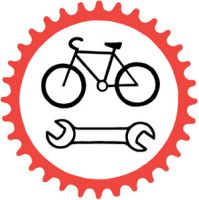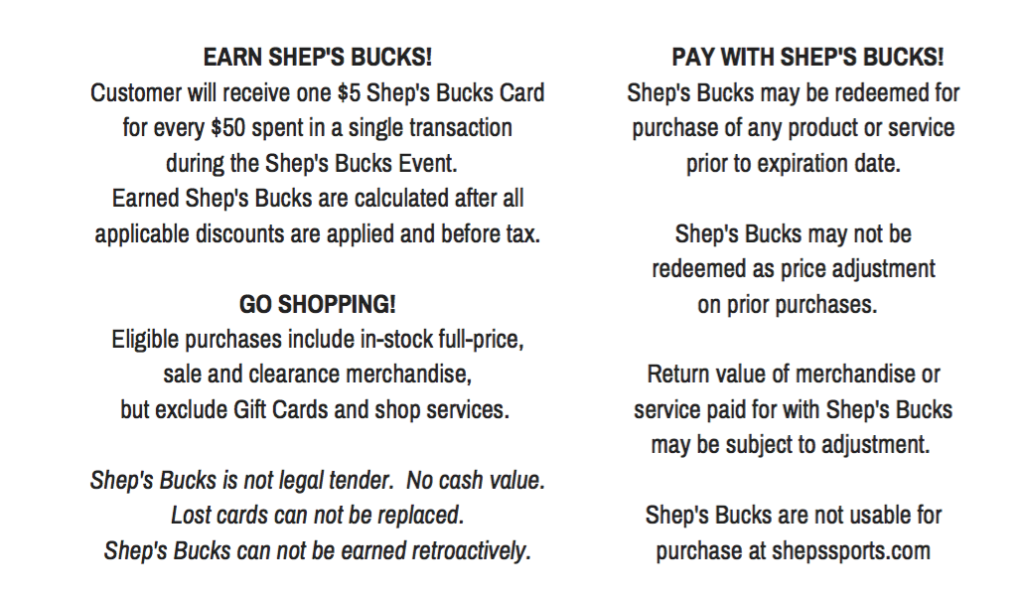Did you grow up spending every Memorial Day weekend out in the woods, or are you thinking you want to start that tradition now? It’s the beginning of spring, the weather is finally warm, the birds are out & we’re all itching to get out and enjoy nature. Get away and unplug, and while you’re enjoying the peace & quiet outside, pause to remember all those who gave their lives so we can have the freedom we love.
As with every outdoor activity, a stop at Shep’s first to get the supplies you’re missing and the expert opinion you’re needing, is the best idea. We’re a staff that loves to camp when we’re not at work and we’ll give you all the secrets we have. Until we see you in the shop, here’s some info to get yourself started. (Most of this post will be relative to car camping, but we have backpacking experts on staff too. If that’s more your cup of tea, stop down.)
Where To Go:
We are fortunate to live where we do; where within an hour or two hour drive, you have a plethora of great camping options. We take advantage of all the State Parks in the area, as well as local county parks. This link will give you a list of the campgrounds in the state (by region) – which can be useful to find a place you’ve never discovered before. Otherwise, our trusty Wisconsin State Park reservation listings can help you find a site too.
What to Pack:
Here is a checklist to reference when you’re packing your bags & your car for the weekend away. Keep in mind that everyone camps a little differently, so you may want to add some things to this list and may cross off some lines, too. Either way, it should be a great list to get you thinking & help you feel prepared. Feel free to print it off and use it again and again!
Food to Try:
It’s hard to go wrong with the old standby: pudgie pies. Pizza, hot ham & cheese, apple pie, and more. Besides that, tin foil dinners are big (and super easy to make on your  evening campfire). Use cooking spray generously to coat the inside of tin foil, then add washed & sliced potatoes, carrots, onions, and any other veggies you like. (Some people love it with meat, too!) The kicker is adding butter squares & seasonings before you wrap the foil into a sealed package and let it cook & steam itself on the fire. If you bring a camp stove, you’ll have all the options in the world for food – do pancake and egg breakfasts, fry up burgers for dinner, or anything else your mind dreams up. A quick Pinterest search will give you way more ideas than you’ll know what to do with! Make a list, hit the grocery store & get going!
evening campfire). Use cooking spray generously to coat the inside of tin foil, then add washed & sliced potatoes, carrots, onions, and any other veggies you like. (Some people love it with meat, too!) The kicker is adding butter squares & seasonings before you wrap the foil into a sealed package and let it cook & steam itself on the fire. If you bring a camp stove, you’ll have all the options in the world for food – do pancake and egg breakfasts, fry up burgers for dinner, or anything else your mind dreams up. A quick Pinterest search will give you way more ideas than you’ll know what to do with! Make a list, hit the grocery store & get going!
At Shep’s:
We have a full camping department stocked with tents, cots, sleeping bags, day packs and frame packs, insect repellant, quality sunscreens, first aid tools, cook sets, and so, so much more. At the shop, you’ll also find books of hiking trails in Wisconsin, the apparel you need to be comfortable in any weather, the best footwear for beaching, lounging, or hiking, outdoor games, treats, accessories, and more. Plus, we love to swap stories & show pictures. (Ask for Tony Z especially – he’s been hiking & camping all over Wisconsin and will entertain you with his experiences & pictures of the adventures!)
Hope to see you hitting the road and enjoying the woods this weekend. (There aren’t many better places to be!)







